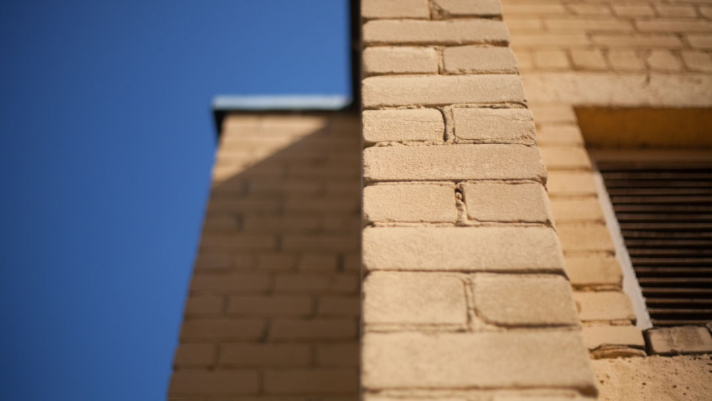Radon is a dangerous radioactive gas that occurs naturally in small quantities. As an intermediate byproduct in the normal radioactive decay chains, it is a colorless, odorless, and tasteless gas. However, its effects on humans are dangerous. Therefore, it is vital to employ professional ways of how to get rid of radon.
According to the US EPA, nearly one in three homes checked in seven states and on three Indian lands had screening levels over 4 pCi/L, the EPA’s recommended action level for radon exposure. Because radon gas is known to cause lung cancer, radon mitigation and abatement services are essential for every home. In fact, its inhalation is responsible for 15,000 to 22,000 lung cancer deaths annually. Here are the significant methods used in radon mitigation.
Sub-Slab Depressurization (SSD)
This is one of the most reliable methods of radon reduction in homes that have a basement or slab-on-grade foundation. One or more suction pipes are usually inserted through the floor slab to the soil underneath the home. These pipes can also be inserted through a concrete slab from outside of the house.
The number of suction pipes used and the location in which they are placed depends on how easily air moves in the soil and the strength of the radon source. These determinants are usually discovered during the radon gas testing process.
A radon vent fan is then connected to the suction pipes to help draw the gas from below the house and release it into the outdoor air. This will create a negative pressure underneath the slab allowing radon to flow through the pipes easily. This type of SSD is called active subs-slab depressurization.
Passive Sub-Slab Depressurization
This is another type of SSD that uses the same system as the active method. The primary difference is that it relies on air currents and the natural pressure differentials to draw up the radon up from the soil, instead of a radon vent fan.
Sub-Slab Ventilation
When the soil permeability is so high that it is impossible to maintain negative pressure, the sub-slab ventilation method is used. This method is similar to the sub-slab depressurization. However, the air is pulled from the atmosphere down through the soil diluting the radon in the slab. Therefore, the radon vapors are diluted to the point that its levels are not dangerous.
Drain Tiles or Perforated Pipes
The drain tiles or perforated pipes method is used to direct water away from the foundation of a house. The drains are put at the bottom of the foundation. The suction of these tiles or pipes is effective in creating negative pressure under the house.
Sump-hole suction is the main aspect that differentiates this method from the SSD method. Sump-pump installation is done in the basement to remove unwanted water. The sump pump installation contractor that you work with will cap the sump that it may continue draining water, and also it will be used as the location to put a radon suction pipe.
Block-Wall Suction
The block-wall suction method is used in homes whose basements have hollow block foundation walls. The block-wall suction method is usually used in conjunction with the SSD method.
Sealing of Radon Entry Routes
This gas can be prevented at the point of entry, such as cracks in the foundation. Sealing the cracks reduces the flow of radon into the house. This method is normally used together with other techniques.
Radon is a dangerous gas. When you’re ready to invest in radon mitigation services, rely on Affordable Radon Colorado for more information.


Recent Comments